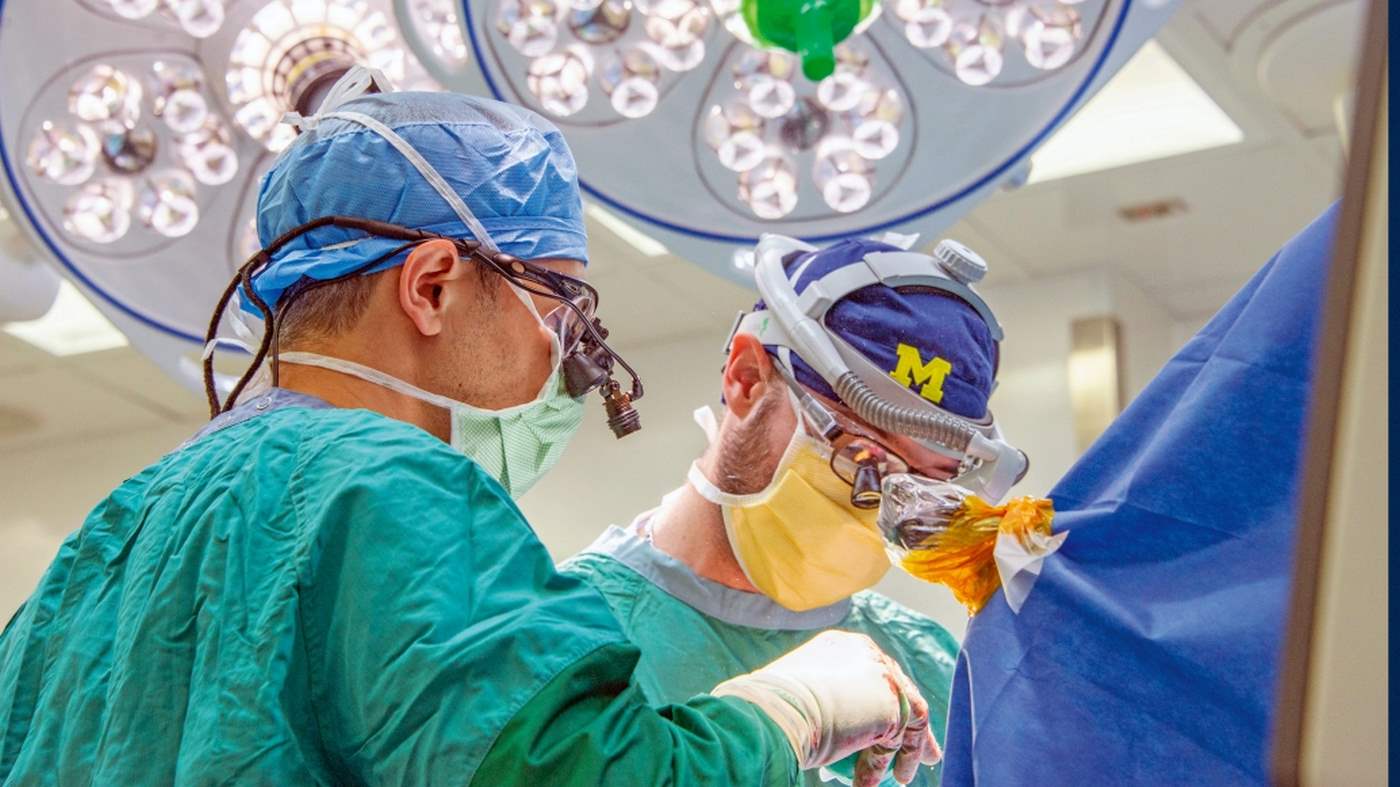Revolutionary AI Model Detects Hidden Cancerous Brain Tumors in Just 10 Seconds: A Game Changer for Surgical Precision

A groundbreaking development in neurosurgery has emerged with the introduction of FastGlioma, an innovative AI-driven model capable of identifying residual cancerous brain tissue in just 10 seconds during surgery. This remarkable technology significantly outperforms traditional methods, offering a promising new tool for surgeons combating gliomas, a type of brain tumor, as highlighted by researchers from the University of Michigan and University of California.
The Power of FastGlioma
FastGlioma stands out for its ability to enhance surgical precision by providing real-time feedback on the presence of remaining tumor tissue. As noted by Todd Hollon, a senior neurosurgeon involved in the study, “FastGlioma is poised to revolutionize neurosurgery by improving the management of patients with diffuse gliomas.” This advancement is particularly crucial since surgeons often struggle to distinguish between healthy brain tissue and residual tumors, resulting in incomplete tumor removal.
- Key Benefits of FastGlioma:
- Rapid detection of residual tumors in 10 seconds.
- Average accuracy of approximately 92% in identifying remaining cancerous tissue.
- Significantly lower miss rate of 3.8% compared to 25% for conventional methods.
A New Era in Tumor Detection
The technology utilizes a combination of microscopic optical imaging and advanced AI foundation models, similar to those behind popular AI creations like GPT-4. By training on a vast dataset of over 11,000 surgical specimens, FastGlioma has shown remarkable effectiveness in surgery monitoring.
Hollon emphasizes the model’s efficiency: “This allows us to detect tumor infiltration quickly, informing surgeons about the need for further tumor resection during operations.” With its fast mode yielding a 90% accuracy rate, FastGlioma offers a reliable option that significantly reduces the time needed for tumor assessment.
Addressing a Persistent Challenge
Residual tumors can severely impact patients’ quality of life and increase mortality rates. Despite advances in medical technology, the rate of residual tumor presence has remained stagnant for the past 20 years. FastGlioma not only addresses this issue for gliomas but also shows promise for various other brain tumors, including medulloblastoma, ependymoma, and meningiomas.
Future Implications and Broader Applications
Researchers are optimistic about the potential for FastGlioma to be adapted for use in multiple cancer types beyond brain tumors. According to Aditya S. Pandey, chair of the Department of Neurosurgery at UM Health, the model could be applied to lung, prostate, breast, and head and neck cancers, paving the way for a more comprehensive approach to cancer treatment.
Conclusion
As neurosurgical teams continue to explore FastGlioma’s capabilities, the technology not only represents a significant leap in surgical accuracy but also highlights the transformative potential of AI in healthcare. By creating tools that enhance surgical outcomes, we are moving closer to a future where the fight against cancer becomes more effective and precise.
Feel free to share this exciting advancement in AI and neurosurgery with friends and colleagues!
